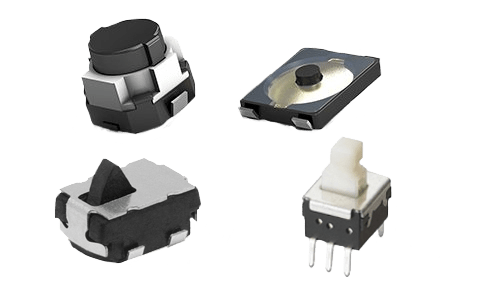
Electromechanical Switches
Electromechanical switches play a crucial role in modern automation systems by providing reliable and versatile control in various industrial applications. These switches combine both electrical and mechanical components to physically open or close electrical circuits. This hybrid nature offers distinct advantages, such as robustness, durability, and the ability to handle high electrical loads.
In industries like manufacturing, automotive, aerospace, and telecommunications, electromechanical switches are widely used to control equipment, monitor processes, and ensure safety. Common types include limit switches, relay switches, and toggle switches. Limit switches, for example, are designed to detect the presence or absence of an object, making them ideal for automated systems where precise positioning is required. Relay switches, on the other hand, are often used to control high-power devices by leveraging a low-power signal, enhancing system efficiency and safety.
The working principle of these switches is relatively simple. When a mechanical action occurs—such as pressing a button, flipping a lever, or moving a machine part—it triggers a mechanical movement that opens or closes electrical contacts. This action allows current to flow, enabling the control of circuits, machinery, or processes.
In addition to their robustness, electromechanical switches offer easy integration into systems due to their straightforward operation and reliability. Their ability to withstand harsh environments, such as high temperatures, dust, and vibrations, makes them indispensable in rugged industrial settings. Moreover, they require minimal maintenance compared to purely electronic alternatives, further enhancing their value in long-term, continuous operations.
As industries move towards increased automation and IoT integration, electromechanical switches remain a vital component due to their reliability, ease of use, and durability.
